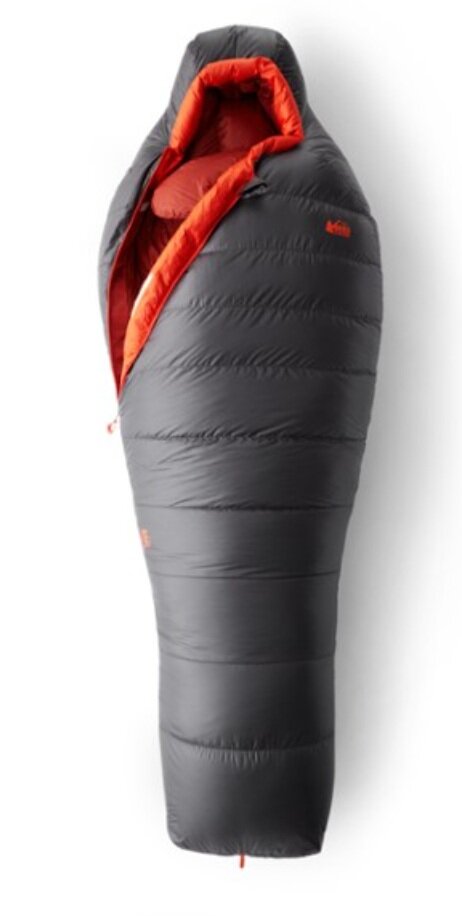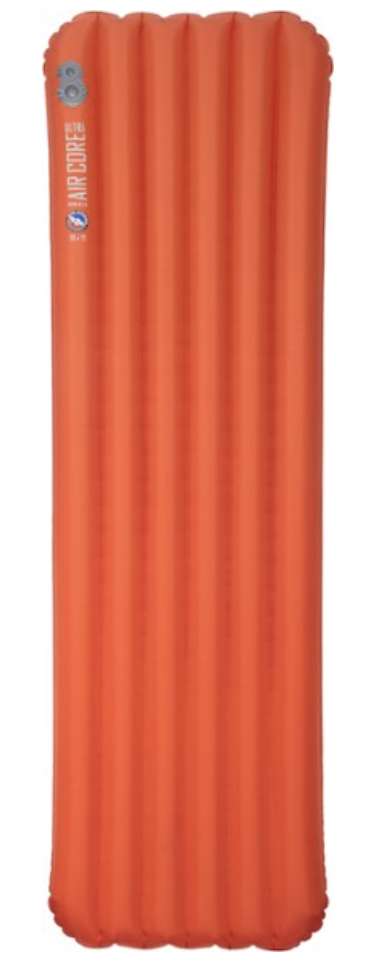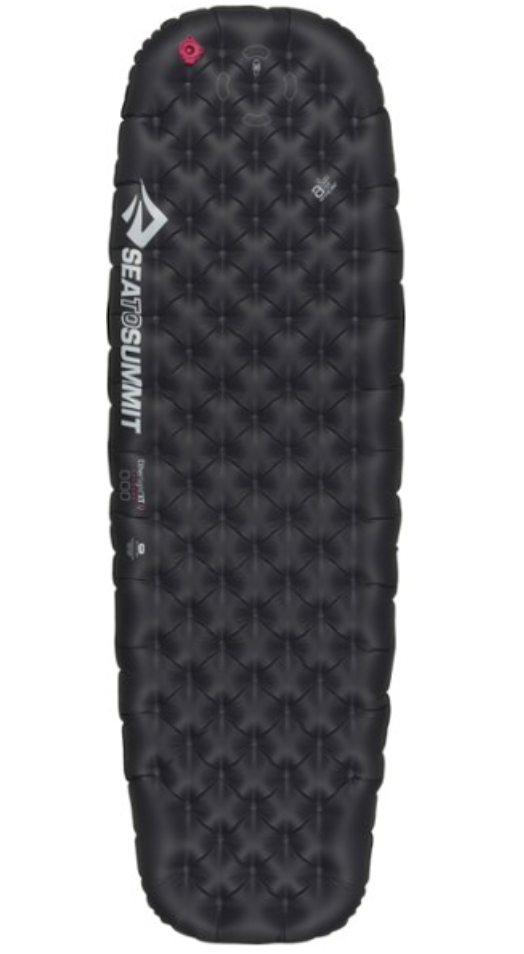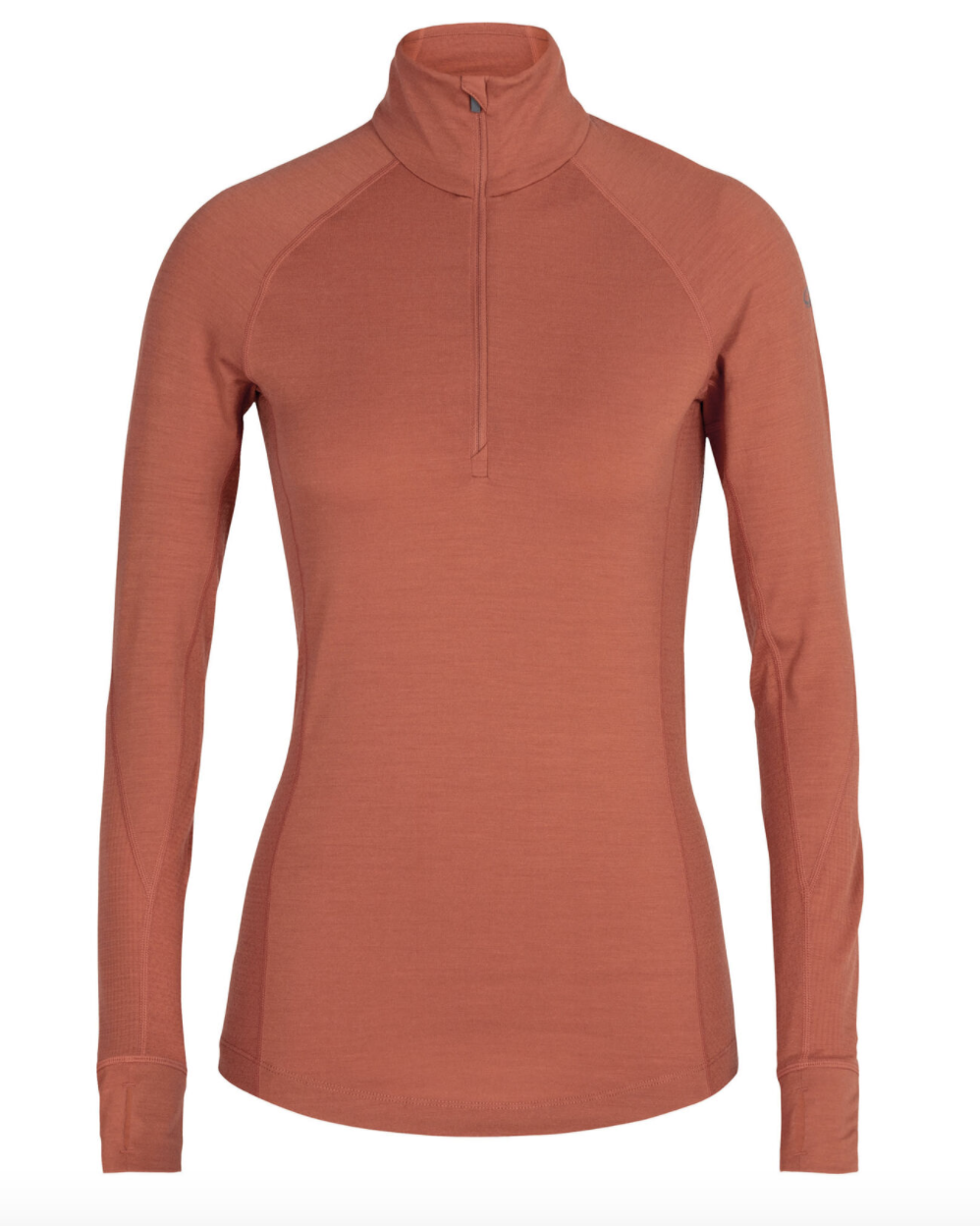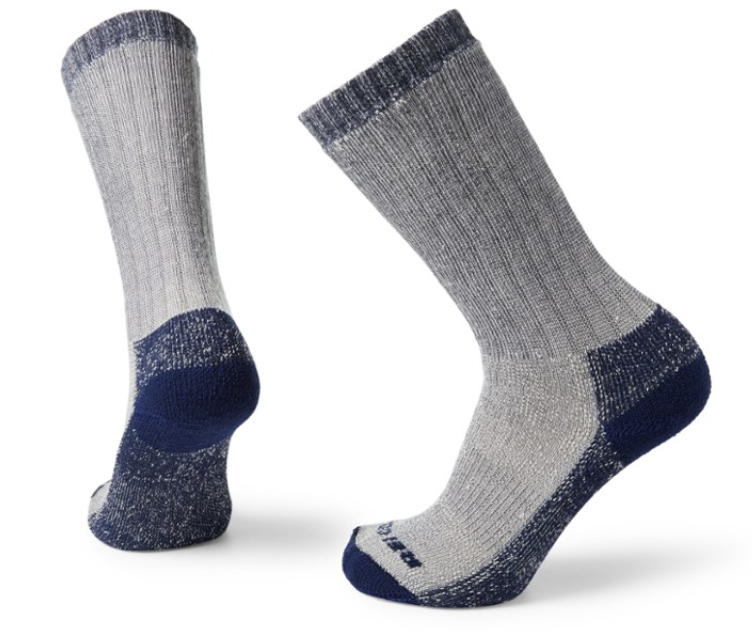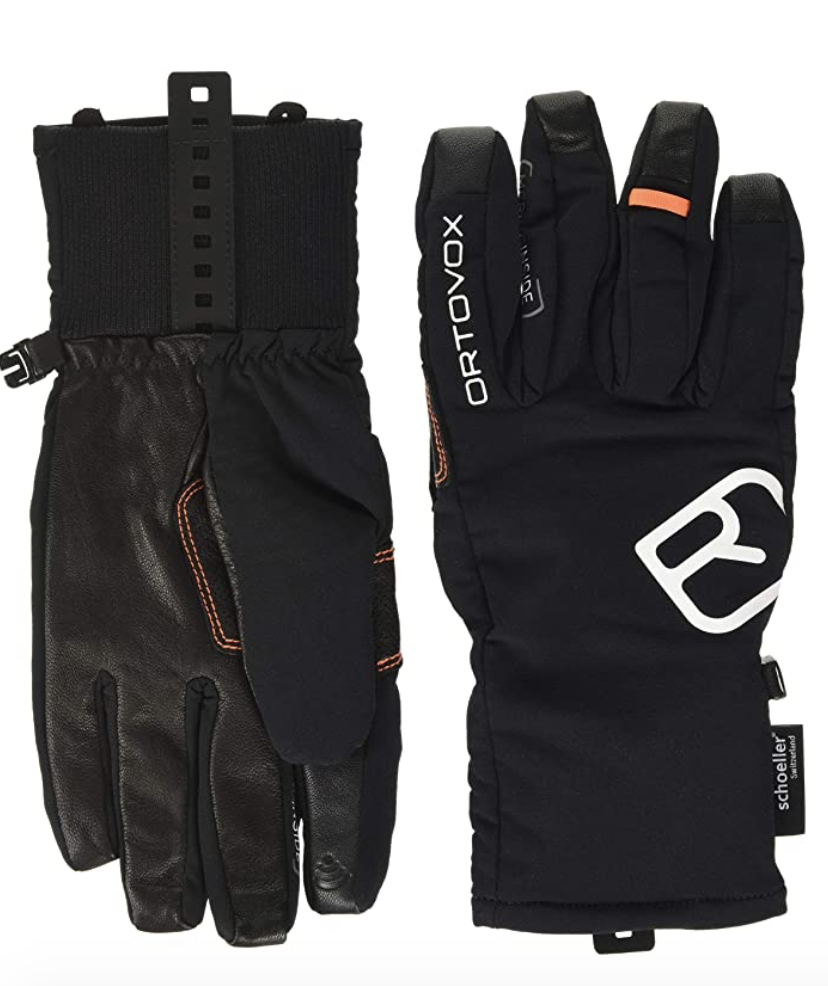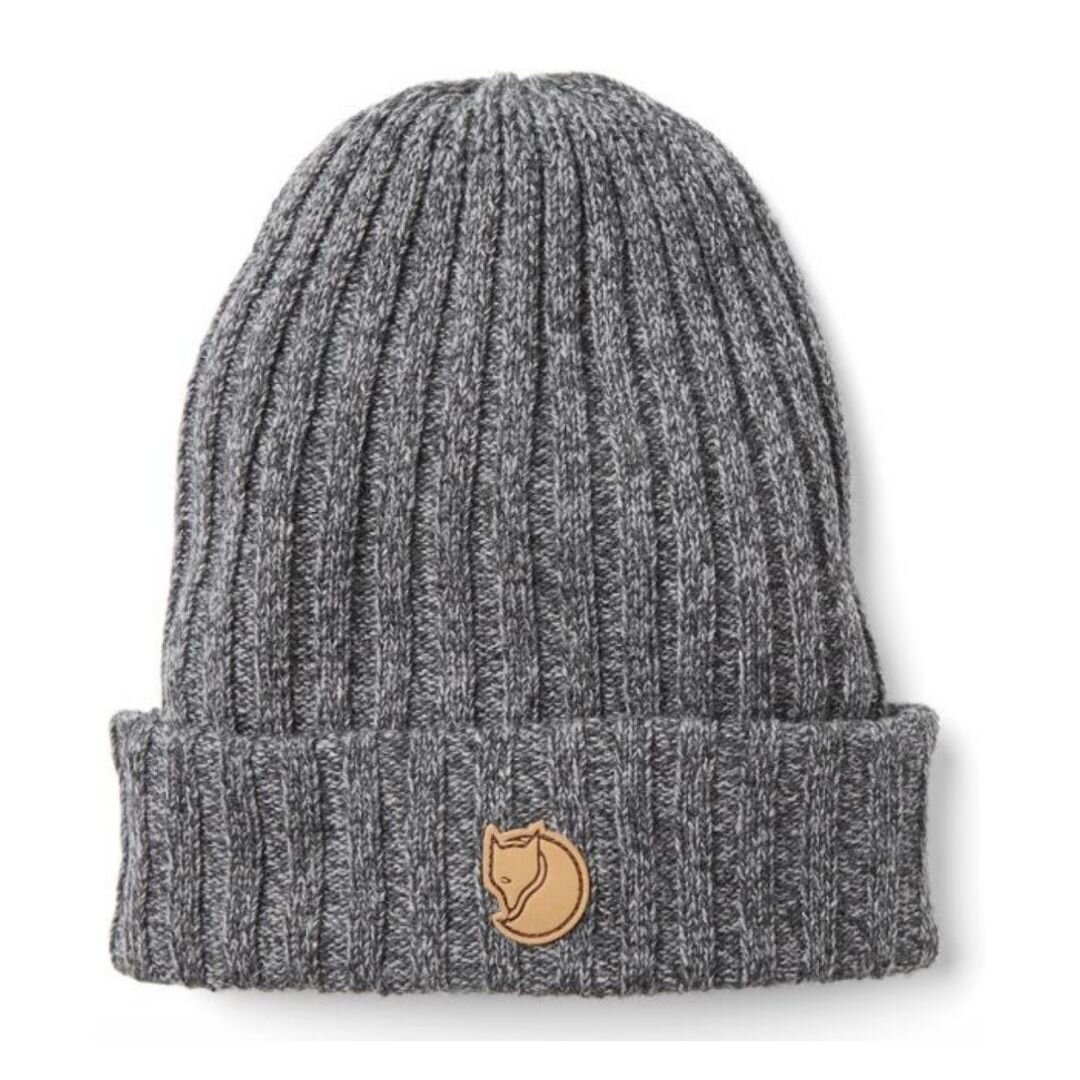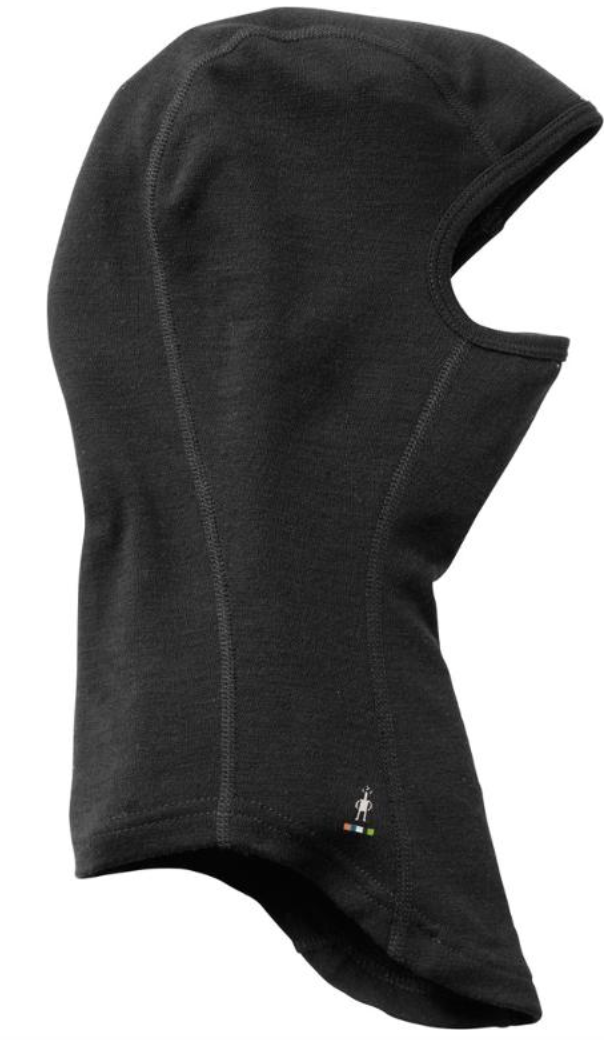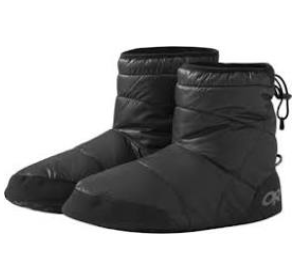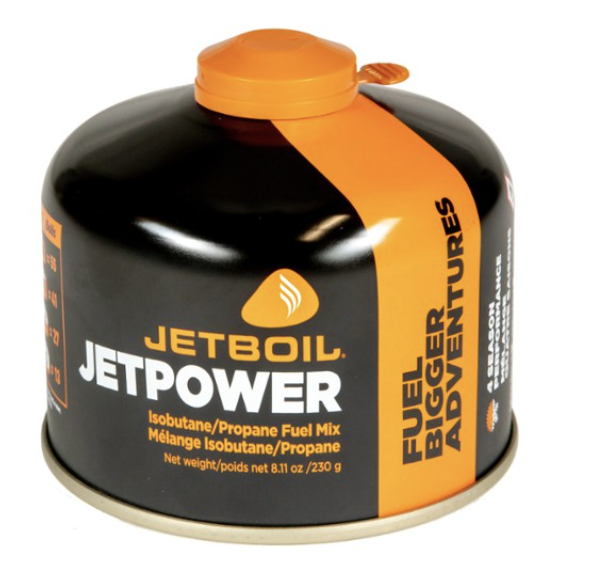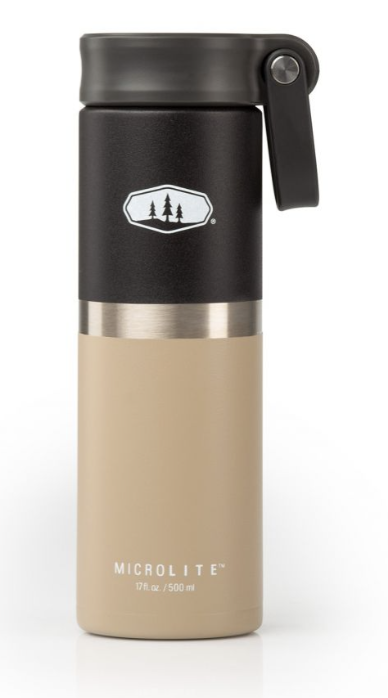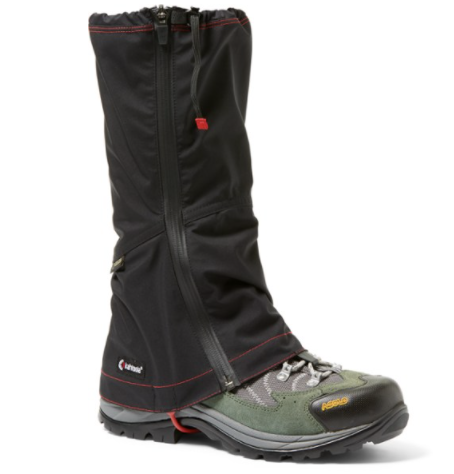What to Add to Your Backpack for Cold Weather Adventures
Fall days spent in the backcountry are filled with moodier weather - fierce wind, more rainy days, possible snowfall and plummeting overnight temperatures. In order to enjoy the beautiful foliage, emptier trails, fewer bugs and the last adventures of the season, you need additional or different gear to stay warm on trail, at camp and overnight. We put together a list of the gear we add to our backpacking packing list for cold weather adventures so you stay toasty as temperatures drop.
Sleep System
Sleeping Bag
In the fall, we recommend carrying a bag rated at least 10 degrees below the lowest temperature forecasted. We transition to a 15°F bag and find that does the trick for shoulder season adventures. We recommend something similar to the REI Co-op Magma 15 which is ultralight and has a competitive weight-to-warmth-to-cost ratio. A well-fitted, mummy shaped bag will be most effective in cold weather.
Insulated Pad + Secondary Lightweight Pad
Sleeping pad selection becomes very important in colder temperatures as your pad acts as a buffer between you and the freezing ground. The technical specification you want to consider when purchasing a sleeping pad is the R-value. The higher the R-value the greater the insulation effectiveness. Use a pad with an R-value of 4.5+ on fall adventures. We recommend the Big Agnes Insulated Air Core Ultra Sleeping Pad - it has an R-value of 4.5 and is comfortable, quiet and cost effective for it’s insulation rating. If you are very sensitive to the cold try a pad with an R-value of 6+ like the Sea to Summit Ether Light XT Extreme Sleeping Pad which is built for extreme cold and actually mimics an emergency blanket. Stacking two pads provides greater insulation than one so we add a thin, lightweight pad to stack under our thicker, insulated pad. A Therm-a-Rest Z Lite SOL Sleeping Pad is perfect for stacking.
Sleeping Bag Liner
Use a sleeping bag liner to add 25°F of warmth to your bag, especially if you plan to use your summer bag or run super cold regardless of bag rating.
Clothing
Insulated Jacket
While you can get away with a mid-layer sweater or jacket in the summer months, an insulated puff jacket is a must-bring for a fall trip. Down or synthetic puffs take up very little space, are weightless in a pack and feel like a snuggly hug when temperatures become uncomfortably chilly. Try an insulated, lightweight and hooded jacket like the Fjällräven Expedition Pack Down Hoodie.
Base Layers
Base layers are the layers that sit closest to your skin and are the first line of defense in a layering system. A good base layer is designed to transfer moisture from your body through the fabric so it can evaporate and keep your body as dry and warm as possible in cool weather. Base layers come in different weights which are meant for different activities. Choose a lightweight base layer like the Kuhl Kaskade Zip Neck for hiking as they are better and faster at sweat-wicking and use heavyweight base layers like the Icebreaker Merino 260 Thermal Leggings and Icebreaker Merino 260 Half Zip Thermal Top for lower intensity activities such as hanging around camp.
Socks
Hike in a breathable and moisture-wicking merino wool or wool-blend sock with enough cushioning to keep your feet warm. Try the REI Co-op Merino Wool Expedition Hiking Crew Socks for on trail and add a pair of sock liners if you want a base layer for your feet. Bring a pair for each day on the trail and a pair specifically for sleeping. Socks designed for skiing which reach higher on the calf can add extra warmth as a sleep sock.
Gloves
Your extremities feel the cold long before the rest of your body and a good pair of gloves can be a saving grace on a fall backpacking trip. You want a breathable glove for hiking as hands get sweaty quickly when moving (even on cold days) and you want a well-insulated glove with high dexterity for setting up camp and preparing food once you are off trail. We recommend the Ortovox Tour Gloves which are great for both hiking and hanging at camp as they were designed for ski touring. They are a soft shell glove that is breathable and quick drying for hiking and toasty warm for camp. If temperatures are predicted to be extremely cold, pack a pair of mittens to layer over your gloves when stationary.
Hat, Buff, Balaclava
A good, warm beanie is crucial to keeping you cozy, especially at camp. Many hikers choose to carry two hats - a thin hat for hiking and a thicker hat to wear at night. A good heavyweight beanie is the Merino 250 Cuffed Beanie. Many backpackers will also bring a buff to wear while hiking and a balaclava to use for additional warmth when sleeping.
Down Booties
A pair of packable and lightweight down booties are a game changer when the day’s adventures are winding down and it is time to enjoy the evening. They can be worn to keep your toes warm at camp and even inside your sleeping bag. One of our favorite pairs of cozy booties are the Outdoor Research Tundra Aerogel Booties.
Miscellaneous
Fuel: It takes more fuel to boil water in colder temperatures so pack more than you would for a summer adventure.
Batteries or Charging Block: Cold temperatures reduce battery power at a much faster rate so it is important to pack extra batteries or backup power for items like your headlamp, navigation device, phone, etc.
Extra Food: Your body has to burn more calories to maintain a constant body temperature in cold weather. Pack extra snacks and larger meals for your body to use as fuel to keep you warm.
Insulated Thermos: Carry a double-walled beverage thermos to enjoy hot drinks at camp or on trail.
Gaiters or Microspikes: If the trail is likely to be muddy, pack gaiters to keep pants and socks from getting wet (and as extra protection against the cold). A mid-calf pair like the Kahtoola Levagaiter Tall GTX Gaiters are perfect for backpacking as they pack down smaller than an energy bar. If you expect trails might be icy in the early mornings, pack a pair of microspikes to ensure strong traction in unreliable conditions. We recommend a pair of Kahtoola MICROspikes Traction System.
Please keep in mind these gear add-ons are focused on three-season backpacking. If you are heading out on a winter or snow camping expedition you will need a winter specific gear guide.

